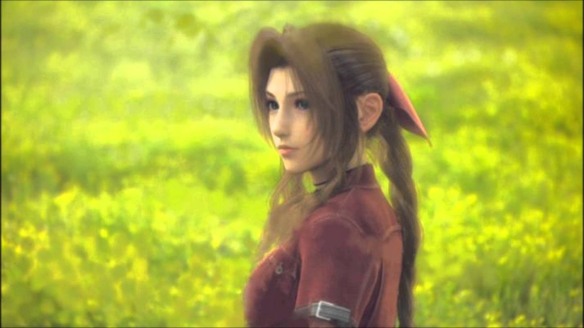Nothing says pop culture like 2000-year-old theological debates, right? You’d be surprised—and we’ve discussed it before.
Gnosticism—a heretical branch of early Christianity—faded almost entirely from view after its founders were edged out of the Church by what would become orthodoxy. With most of their works lost or destroyed, their ideas survived only in the denunciations from the likes of Tertullian and Irenaeus. The Gnostic focus on secrecy didn’t ensure a broad legacy, either—early leaders such as Valentinius and Marcion privileged access to the deeper nature of the universe for initiates and other worthies. Modern Gnostics avoid the secrecy, and as with many aspects of Gnosticism which may seem troubling, the marginalization of Gnosticism limited our understanding to unfriendly characterizations by their orthodox contemporaries.
But in the 20th century, a treasure trove of Gnostic texts was discovered by a couple of Egyptian farmers at Nag Hammadi in a sealed jar. Ever since, their ideas—which seem stunningly modern in some ways—have started to permeate back into the world, gaining influence well beyond what would be expected from their obscurity, particularly since the texts themselves are rarely read by anyone besides scholars.

Still, the ideas in these texts are starting to make their way into pop culture, directly or indirectly, and Gnostic ideas are fascinating enough to be talked about far away from their original sources. They feature prominently in the His Dark Materials series, and some concepts pop up in such unexpected places as Young Avengers, Final Fantasy, and even Futurama.









